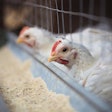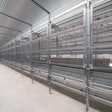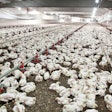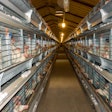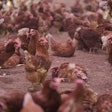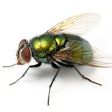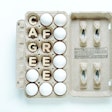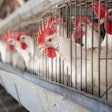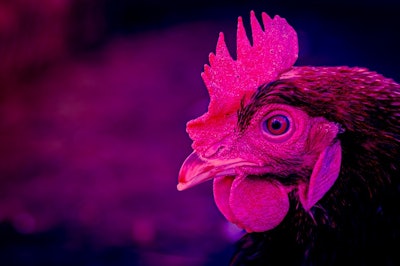
Changing the color of lighting used during laying hens’ pullet and production phases could have a major effect on cage-free layer production metrics, according to Pratima Adhikari, Assistant Professor of Poultry Science at Mississippi State University (MSU).
In the study, Adhikari found that applying blue LED lighting in the pullet phase resulted in a significantly greater bird weight from one to 18 weeks of age, while also reducing the average laying age to 17.35 weeks, compared to 19.07 weeks for layers under standard lighting.
Additionally, the study found that applying red LED lighting in the egg production phase resulted in a greater relative yolk percentage.
The alternative lighting did not cause a change in serum melatonin levels and serum corticosterone levels, meaning there was no impact on bird health or stress.
“Interestingly, by the end of the sixteenth week, we began seeing eggs being laid earlier by the chickens bathed in blue light. The blue light was adding a lot of body weight, which is very important when chickens are young. They grew faster, so they experienced reproductive maturity earlier,” Adhikari stated.
Adhikari’s goal for the research was to determine how the blue and red LED lighting treatments impacted factors such as growth, egg production, and stress, when compared to layers raised under conventional lighting.

About the study
The research project was performed in partnership with Xiant Technologies, Inc., which provided the lighting, and Cal-Maine Foods, which provided Hy-Line W-36 birds. Two trials were performed using 500 layers each, split between two identical rooms.
The first room contained blue LED lights from weeks 1-18 and red LED lights from weeks 19-31 for 24 hours a day. The second, control room contained standard LED lights administered from 23 hours a day in the beginning to 12 hours a day toward the trial end. The second trial was performed identical to the first with only the rooms being switched.
The project was funded by a Mississippi Agricultural and Forestry Experiment Station (MAFES) Special Research Initiative grant. The work was also a part of the hatch project of the USDA NIFA.






